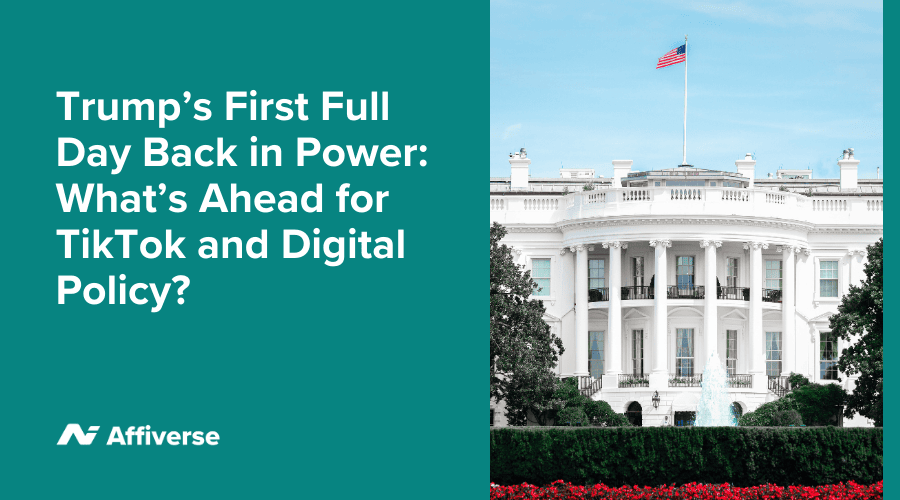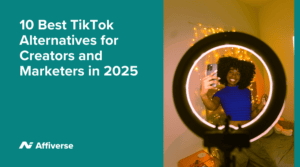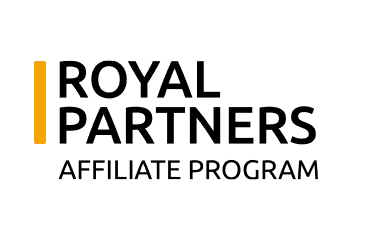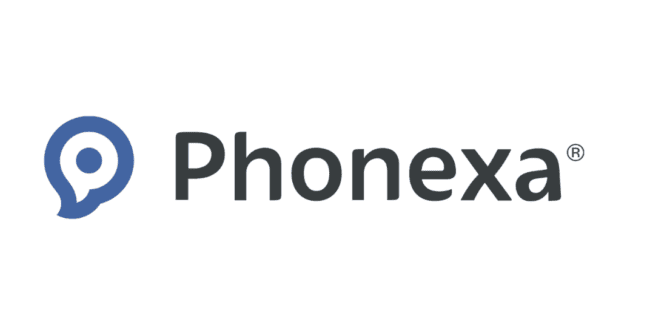Trump’s First Full Day Back in Power: What’s Ahead for TikTok and Digital Policy?

Following his inauguration on January 20, 2025, President Donald Trump has swiftly begun implementing his agenda. One notable move is the executive order he signed, granting TikTok a 75-day reprieve from a nationwide ban, allowing the platform to continue operations in the United States.
TikTok Ban Suspended
The executive order delays enforcement of a law that required TikTok’s Chinese parent company, ByteDance, to divest its U.S. operations by January 19, 2025. This extension provides additional time for ByteDance to negotiate a sale to a U.S. entity, addressing national security concerns previously raised by lawmakers. Over the weekend, TikTok services were briefly unavailable in the U.S. due to the impending ban, but operations resumed following President Trump’s intervention.
Implications for Performance Marketing
TikTok’s temporary suspension had significant implications for performance marketers who rely on the platform’s vast user base for advertising and brand engagement. The 75-day extension offers a window of stability, but marketers are advised to prepare contingency plans, including diversifying their social media strategies to mitigate potential disruptions.
Broader Digital Policy Initiatives
In addition to addressing the TikTok situation, President Trump has signaled intentions to revisit Section 230 of the Communications Decency Act, which provides immunity to online platforms from liability for user-generated content. Changes to this legislation could have profound effects on the digital marketing landscape, potentially altering how platforms manage and disseminate content.
Looking Ahead
As the new administration outlines its digital policy agenda, performance marketers should stay informed about regulatory changes that could impact advertising strategies and platform usage. The evolving situation with TikTok serves as a reminder of the dynamic nature of digital platforms and the importance of adaptability in marketing approaches.
Check out our summary of the 10 Best TikTok Alternatives for Creators and Marketers in 2025 here







